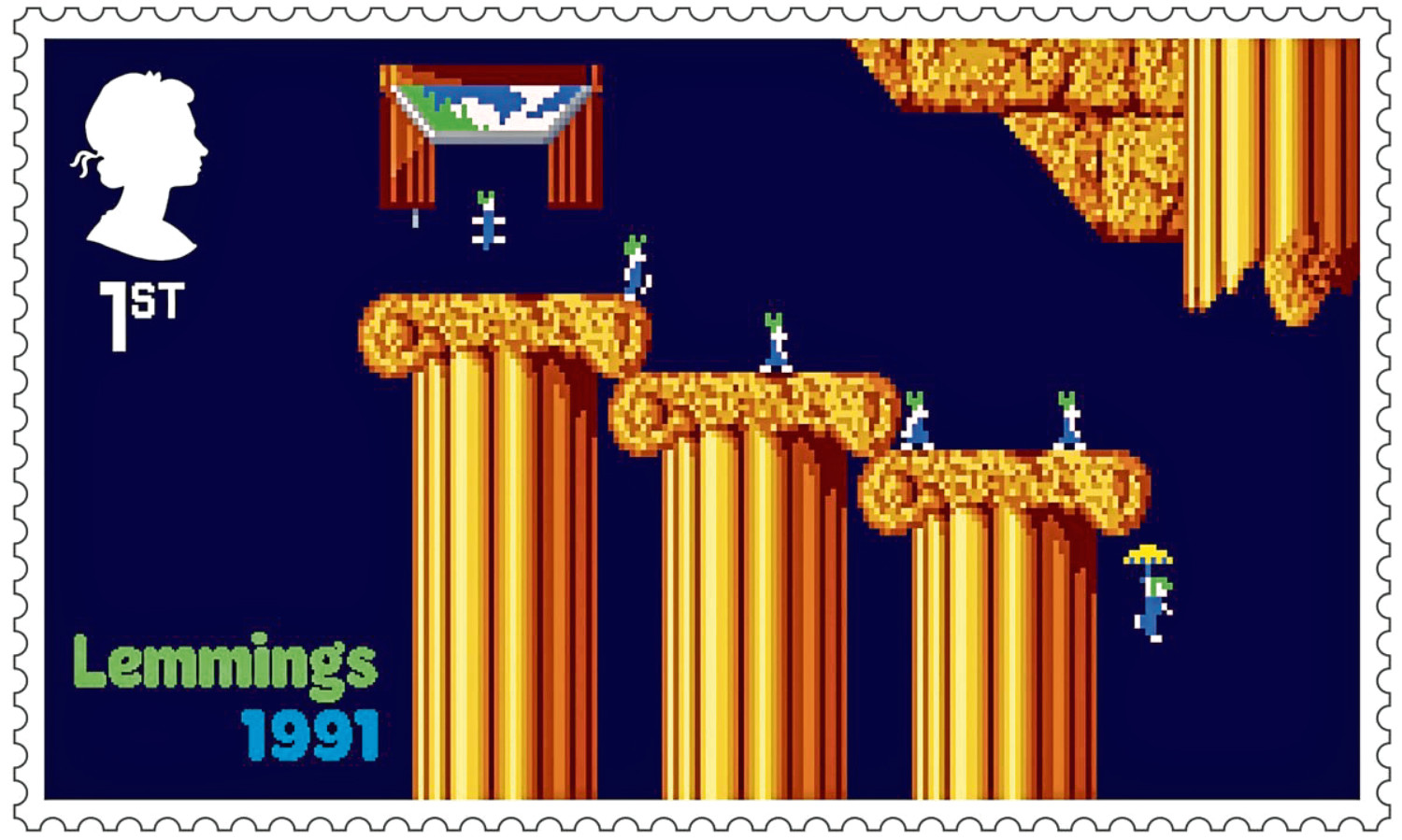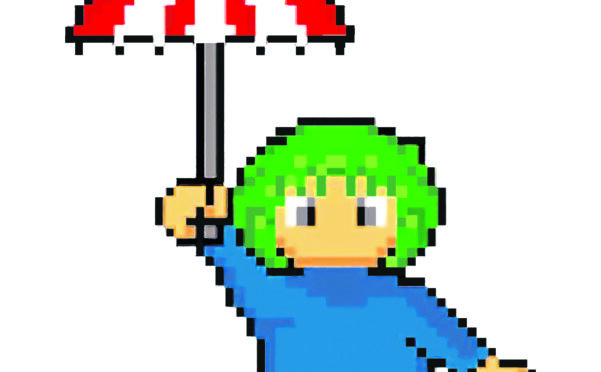
A midrange TV screen measures 4,000 by 2,000 pixels while the green-haired stars of the 1991 hit computer game Lemmings were only 10 pixels tall.
They might have been small but Lemmings were mighty and the self-destructing rodents have left a remarkable legacy: one which began in the pain of one of Scotland’s biggest factory closures and continues to this day in the multi-billion dollar video game industry.
The premiere of Lemmings: Can You Dig It?, a documentary about the development of the ingenious, multi-million-selling puzzle game, has provoked fresh interest in the influence of the game.
It was fitting the screening at Dundee Contemporary Arts on Thursday took place in the city where game was dreamt up by fledgling developers, DMA Design.
Over computer manuals stained with takeaway pizza this group of self-confessed geeks emerged from an informal club based at Dundee College: the Kingsway Amateur Computer Club (KACC).
“We all used to lug our giant Spectrum computers and spend ages plugging them in,” said Russell Kay.
“There was a group of older guys there who would all go away and talk about real computer science and then there were the folk who would always sit and play games.
“Then there was a third group of us, including Dave Jones, Mike Dailly, Steve Hammond and Chris Van der Kuyl, who used to sit and work out how the games were actually made and what made them tick.”
Kay went on to become the lead programmer on Lemmings. Jones had been an amateur programmer who used £3,000 redundancy money following the closure of the Timex plant where he worked to invest in an Amiga 1000 computer.
Along with the KACC, that PC was used to programme the game Menace, which became, in the burgeoning video game market, a minor hit. That was followed up by another game called Blood Money.
The modest success of these games provided the footing for DMA Design, now in their own office, to work on their next project and although they looked nothing like Lemmings, nothing really did.
Documentary celebrates ‘incredible’ legacy of iconic, Dundee-created computer game Lemmings
“At lunchtimes we used to have little challenges,” said Key.
“One of them was a big argument about how small you could make characters. Mike Dailly was adamant you could make characters eight pixels wide and eight pixels tall. Eventually he got it down to eight by 10.
“He was also doodling with various things, the little character was being animated doing various things like being eaten by clowns or set on fire by flamethrowers.
“We were looking at this thinking, ‘there’s a game here somewhere’.”
“I’d been playing around with a game in the arcade called Salamander and in that there were bullets which followed the surface of the ground. So I started playing around with the idea of things following along the ground.
“I brought in Mike’s graphics and made the characters follow the ground and that’s where Lemmings came from.”
Kay finished his degree first but was keen to get started on what he felt was a hit immediately; his final university exam was in the morning and in the afternoon he was working in the DMA office.
The game took shape: the aim of the levels were to guide as many Lemmings to safety as you could, avoiding traps along the way with the help of skills you bestowed on them.
What delighted and infuriated those who played were how the creatures you had to keep safe would blindly walk to their doom.
In popular culture, lemmings (of the animal kingdom variety) would deliberately throw themselves off cliffs in droves. This is a myth but it doesn’t matter, according to Kay.
“The name stuck from that first lunchtime, we just went: ‘They’re Lemmings, aren’t they?’ and it stuck,” said Kay. “But they were never meant to be the rodent, it was just a sort of abstract because they followed each other blindly.
“They’re colourful but they’re blue with green hair because those were the colours I could draw quickly with the PC. That iconic look was dictated by the technical limitations.”
Soundtracked with classical tracks, rendered in glorious 32bit sound, like Offenbach’s Galop Infernal (think can-can soundtrack) and Mozart’s Turkish March gave the game a jolly feel and, more importantly, recognisable music free of copyright.
The resulting game was a jolly but fiendish puzzle with a dark sense of humour, where Lemmings met their doom more often than not.
“That gruesomeness backfired on us in Japan,” said Kay.
“There were these wee characters you’re supposed to be helping and you could blow them up and do all sorts of nasty things to them.
“That appealed in the West but we found out it didn’t do very well in Japan because of that reason. If we’d taken out the self-destruct button they probably would have been happy with it. We were kicking ourselves after.”
DMA didn’t have too many regrets. The game sold 55,000 copies in its first day and only grew from there thanks to strong word of mouth. Ultimately it’s reckoned the series sold 20 million copies.
In terms of royalties, Kay revealed he invested his earnings in a second-hand white Volkswagen Polo.
The game spawned expansion packs and sequels, including Oh No! More Lemmings, Christmas Lemmings and Lemmings 2: The Tribes, the success of which allowed DMA Design to work on their other projects.
That included, a few years later, on a game set in an open world which would eventually become infamous.
“When we made it, it was all about racing and chasing,” adds Kay. “That was its original name, Race’n’Chase. The edginess was sort of grafted on as part of the story, it wasn’t really part of the gameplay.
“In the office it wasn’t the ultra-violent title it turned into, it was quite different. It was more about driving around doing things. The story was kind of secondary.
“The intent to make a violent game wasn’t there. We were just bothered about what you could do on a technical level, in an open world, it was about what we could do to maintain the illusion it was an open world.”
Race’n’Chase grew into cops and robbers game Grand Theft Auto which became an enormous hit.
DMA was bought out and eventually swallowed up and turned into game developer Rockstar North.
Since 1997, the Grand Theft Auto has spawned four sequels and numerous other spin-offs; the last game, GTA V, has generated £6bn in revenue, making it the most profitable entertainment product of all time.
“Everything has an origin story,” says Kay. “It gives you an appreciation of other things which are created and the mythos of how they came about. What’s remarkable is how much happenstance occurs.
“I watched Netflix’s Movies That Made Us and that goes into how films were made. I find it very similar as to how games were made.”
Kay is now chief technology officer at YoYo Games based in Dundee, while the rest of the Kingsway Amateur Computer Club are scattered in various projects of their own.
Some, including Kay, are looking forward to reuniting on Thursday. “I’m slightly bemused people are still interested in talking about Lemmings,” he says. “I noticed on Twitter a few younger game developers complaining about how they are associated with the one game they made a few years ago.
“And I said, ‘Hey, I’m still The Lemmings guy, 30 years on. Just enjoy it while you can. At least people are remembering what you did.”

Enjoy the convenience of having The Sunday Post delivered as a digital ePaper straight to your smartphone, tablet or computer.
Subscribe for only £5.49 a month and enjoy all the benefits of the printed paper as a digital replica.
Subscribe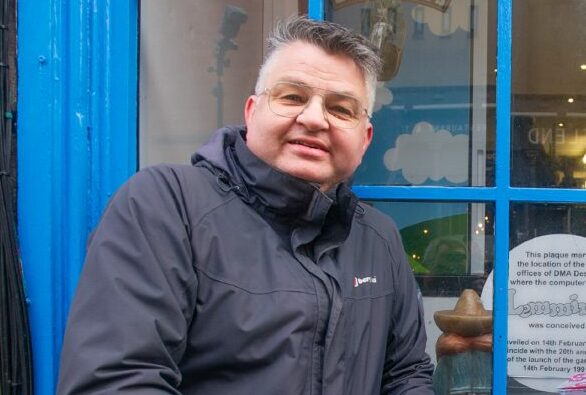
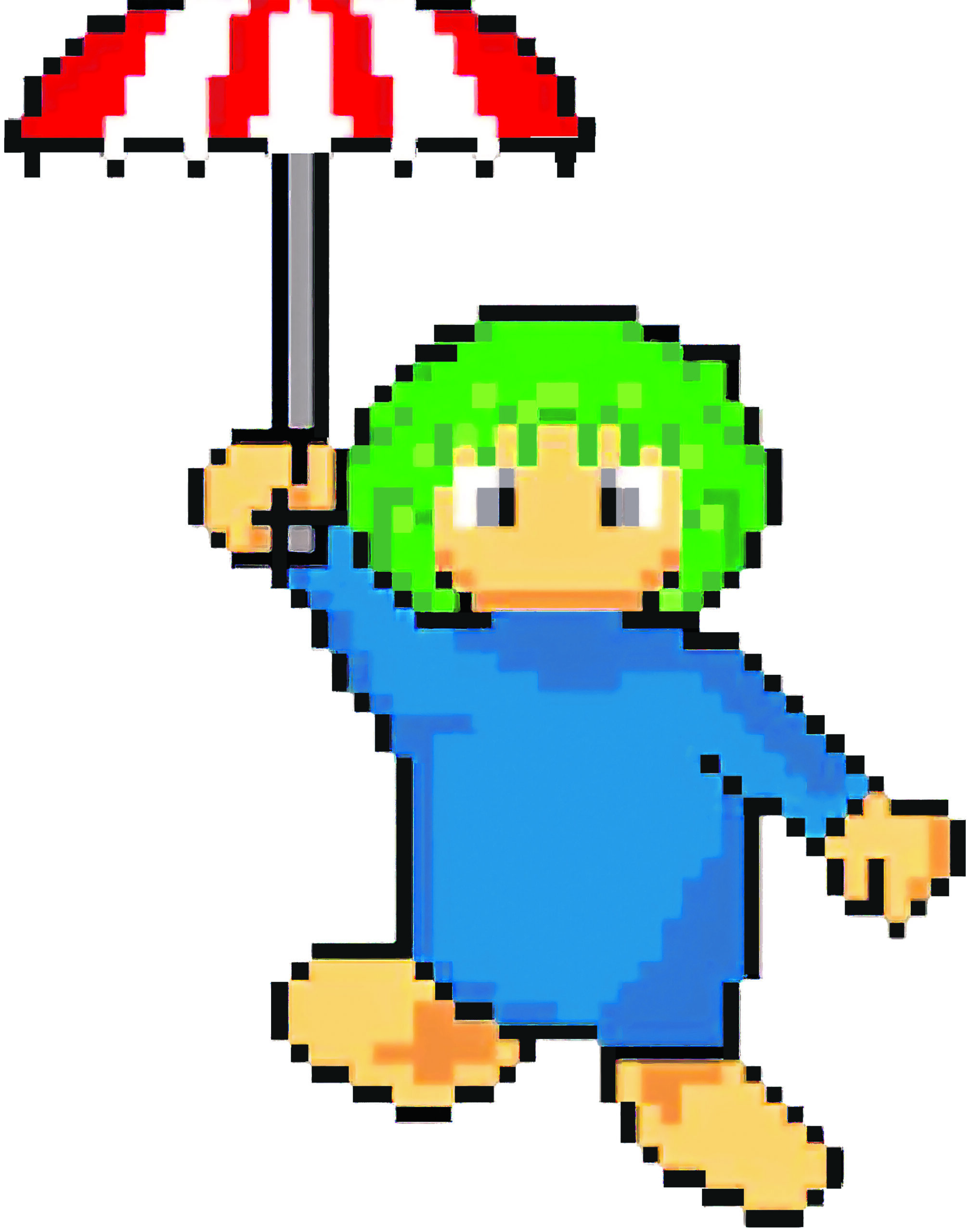 © Ross Gilmore
© Ross Gilmore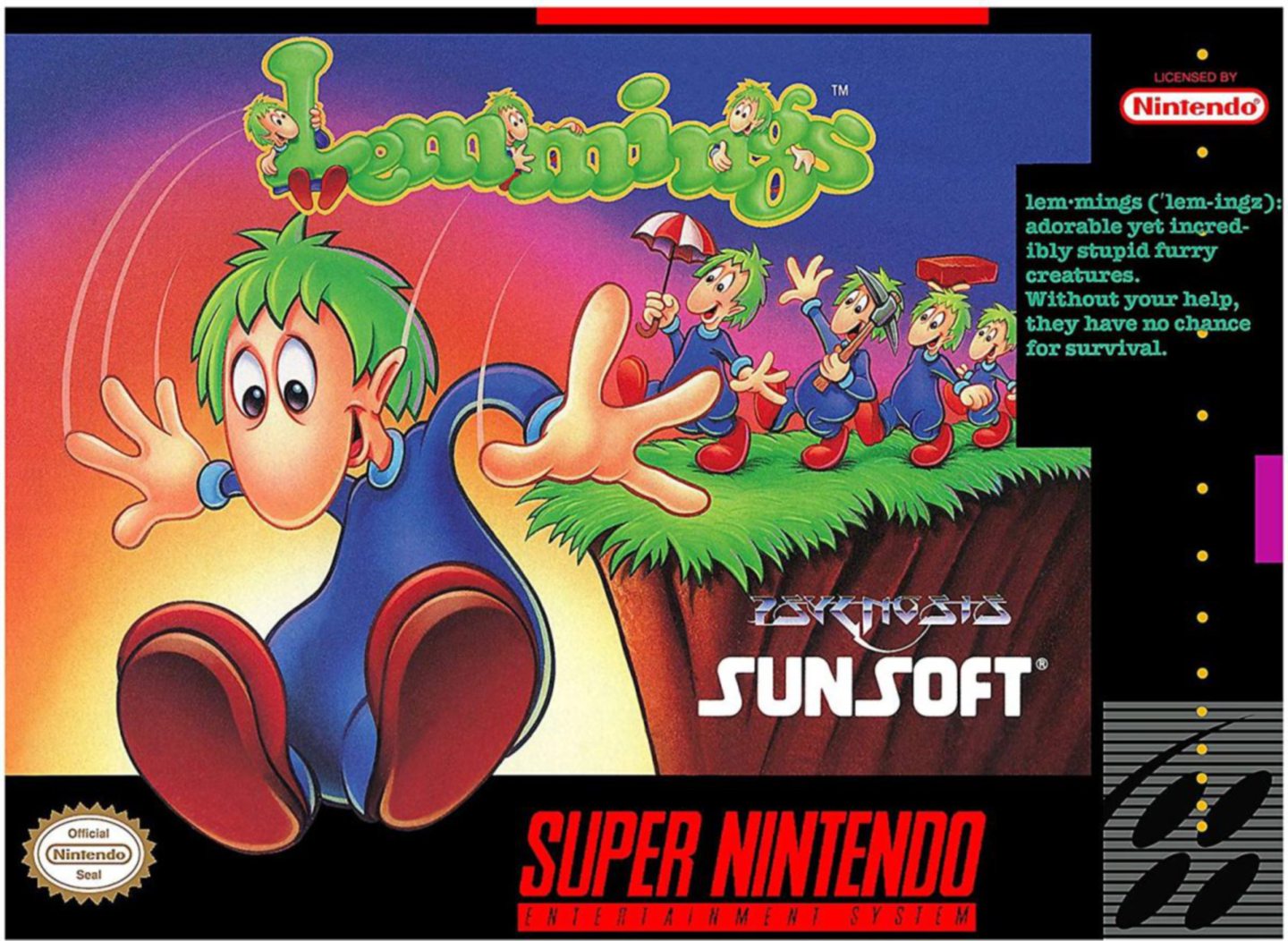 © SYSTEM
© SYSTEM